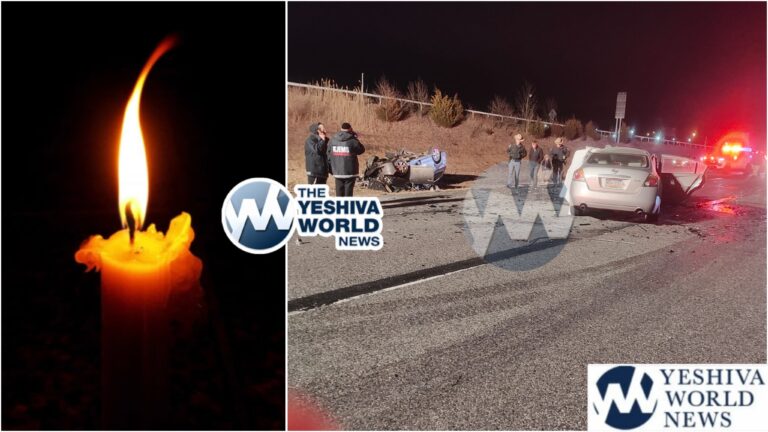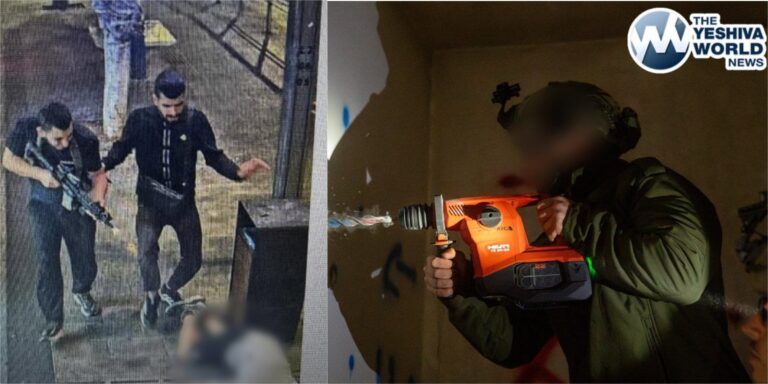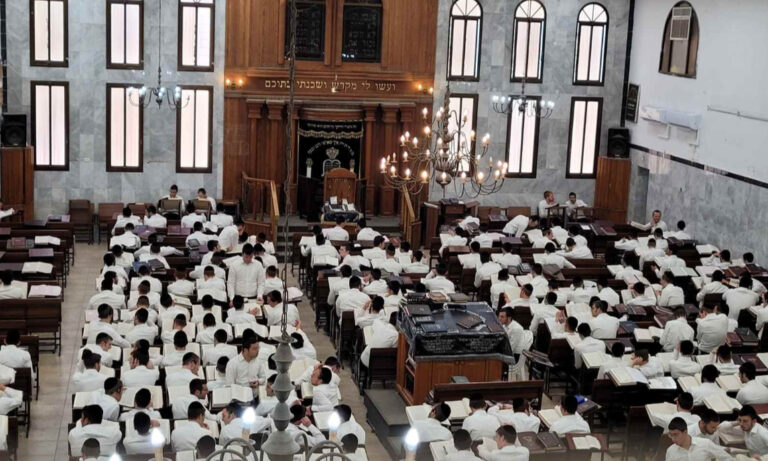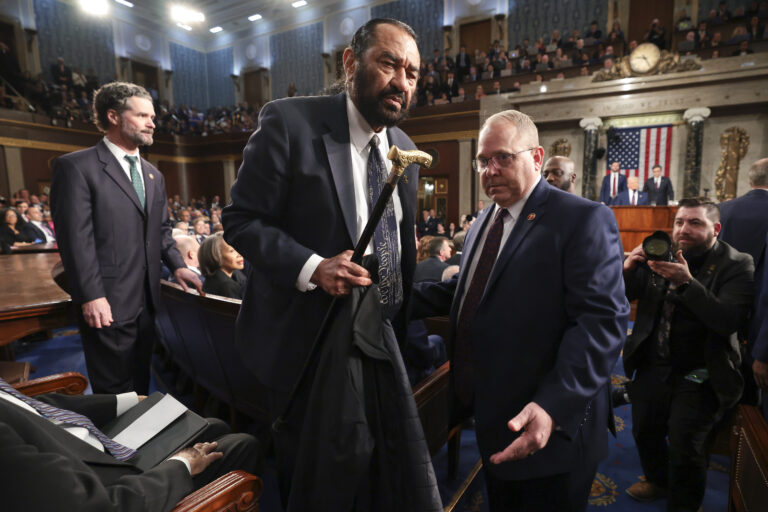 A federal judge Thursday refused to release photos and videos from the U.S. military raid that killed Al Qaeda founder Osama bin Laden in Pakistan last May.
A federal judge Thursday refused to release photos and videos from the U.S. military raid that killed Al Qaeda founder Osama bin Laden in Pakistan last May.
U.S. District Court Judge James Boasberg rejected a lawsuit seeking to force disclosure of the images, writing that the courts must defer to the conclusion President Barack Obama and military leaders reached that releasing them could spur violence against U.S. troops and other Americans traveling abroad.
”A picture may be worth a thousand words. And perhaps moving pictures bear an even higher value. Yet, in this case, verbal descriptions of the death and burial of Osama Bin Laden will have to suffice, for this Court will not order the release of anything more,” Boasberg wrote in a 29-page ruling issued late Thursday afternoon.
“The Court is … mindful that many members of the public would likely desire to see images of this seminal event. Indeed, it makes sense that the more significant an event is to our nation — and the end of Bin Laden’s reign of terror certainly ranks high — the more need the public has for full disclosure. Yet, it is not this Court’s decision to make in the first instance,” Boasberg added.
In response to a Freedom of Information Act request and lawsuit filed by the conservative watchdog group Judicial Watch, the Central Intelligence Agency acknowledged having 52 photographs and videos that depict either the raid or the burial of bin Laden’s body at sea.
However, the CIA refused to release the photos, saying they were classified.
Boasberg, an Obama appointee, said declarations from military leaders about the dangers of release of the images were “both plausible and logical” and that the government’s fears about release amounted to “more than mere speculation.”
“While al Qaeda may not need a reason to attack us, that does not mean no risk inheres in giving it further cause to do so,” the judge wrote.











One Response
Bush should have classified the Abu Ghraib photos, and refused to release them. The reasoning applied here would have applied much more strongly in that case.